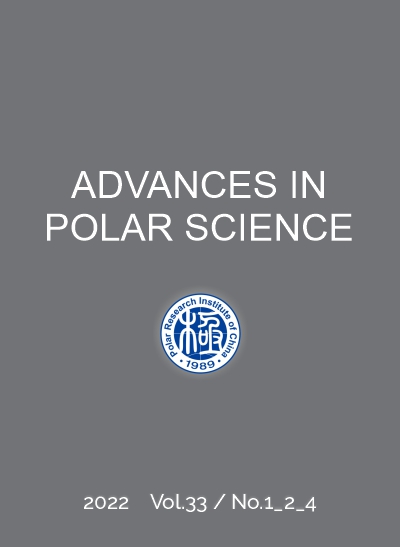Publication: Advances in Polar Science (APS). Vol. 33, No. 2, 121~122, June 2022
To download the publication please click on the download link at the bottom of the page
Author: HOU Shugui
DOI: 10.13679/j.advps.2022.0004
CNARC member: Polar Research Institute of China (PRIC)
Abstract (Opinion Editorial): Ice cores have revolutionized our views of the Earth system. They record past climatic and environmental parameters that range on time scales from synoptic events to hundreds of thousands of years. For instance, the Vostok ice core reached an age of 420 ka (thousand years) (Figure 1), revealing a close linkage between climate and greenhouse gas concentrations over the last four glacial-interglacial cycles (Petit et al., 1999). Up to now, the longest ice core record is dated back to 800 ka from the Antarctic EPICA Dome C ice core (Jouzel et al., 2007). One of the most important findings from this record is that the present concentrations of primary greenhouse gases (i.e., CO2, CH4 and N2O) are at higher levels than any time during the past 800 ka, leading to a wide concern about greenhouse gas emissions from human activities and their roles in recent global warming. ... (to read more please go to the download link)
Key words: Antarctica, ice cores, blue ice, Mid-Pleistocene Transition (MPT)


